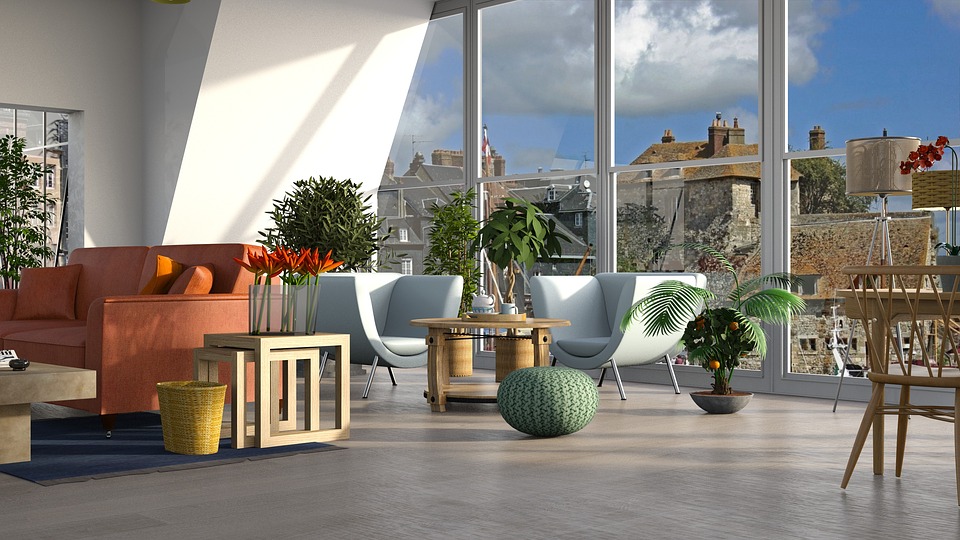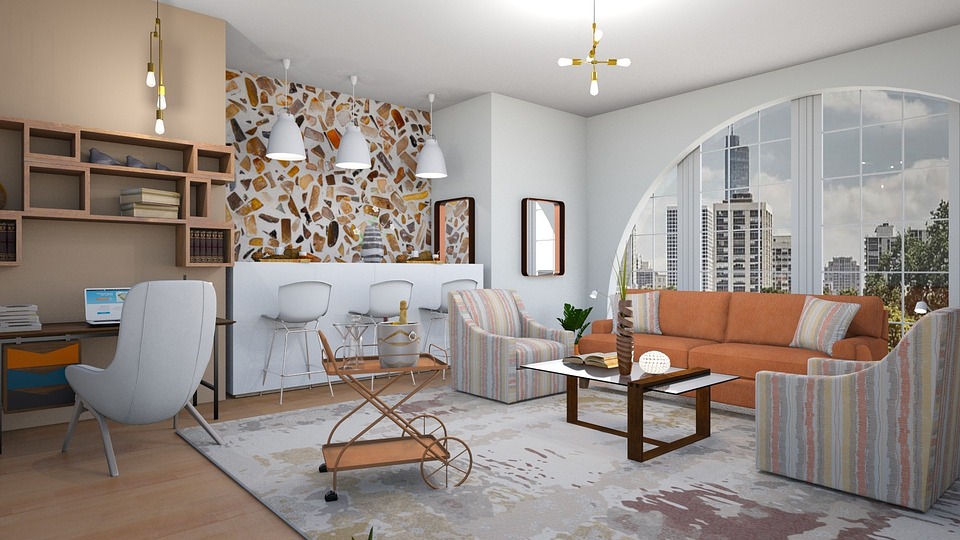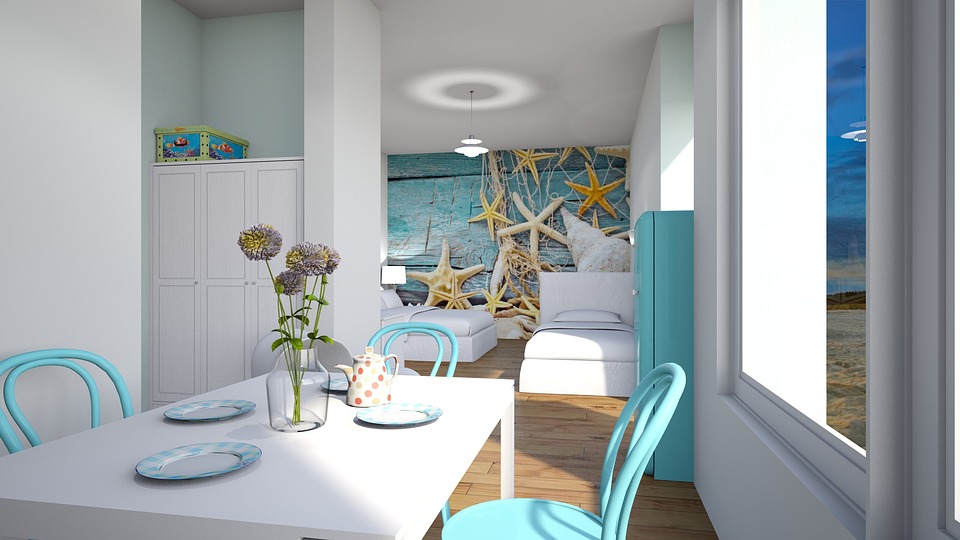
Being environmentally aware is important at home as it is at work, so take every opportunity to make a change in your life that increases sustainability. Lighting your home in an energy-efficient way is a huge step towards reducing emissions. Apart from replacing the old bulbs with more efficient designs, there are many ways to make your home lighting greener.
Maximise natural light
The greenest of all options, using natural lights isn't that much about investing as it is about opening your home to daylight. If your home receives enough sunlight during the day, there won't be any need for artificial light, so your energy consumption will drop dramatically. Remove dark heavy curtains and let the light shine into your home. Besides, a light colour scheme of the interior combined with glossy finishes and mirrors helps reflecting light around the rooms. If your home doesn't get enough sunlight, consider installing a few skylights or solar tubes. While this requires a bit of effort and planning, the difference you make is worth your while.
Update old fixtures
Upgrade the existing light fixtures by adding dimmer switches which let you adjust the light level in the room. Apart from saving electricity, dimmers also extend the life of the bulbs, reducing the heat they give off. Instead of having ceiling lights that all turn on with a flip of one switch, consider dividing them between multiple switches, so small groups can light up separately. A small investment for big savings which can also make your lighting scheme more layered.

Give chance to new bulbs
Incandescent bulbs with a tungsten filament consume a lot of energy, most of which is wasted as heat, so it shouldn't surprise that many developed countries phased them out as highly ineffective. One of the first countries that banned incandescent bulbs was Australia, where homeowners quickly realised the advantages of their eco-friendly alternatives, especially since lighting stores in Sydney offer a diverse palette of LED-supported lamps, chandeliers, and other fixtures. Light-emitting diodes (LEDs) have become the preferred option due to their low energy consumption and long service life. When compared to incandescent bulbs, they use from 70 to 90 percent less energy and since they don't contain mercury vapour, they can be disposed of more easily.
Use motion sensors
Motion sensors are a great way to save energy. They turn the lights only if their optical field is disturbed by motion, so the moment you leave the room the lights will go off in a matter of seconds. Apart from being useful in households where family members often forget to turn the lights off, they are indispensable in areas where you may need the light go automatically on and off, for example above or in the garage, so you don't have to leave the car to turn it on, or in the basement where your hands are often occupied with groceries or other items you might be fetching.

Experiment with smart bulbs
One of the biggest innovations of the modern age, smart bulbs allow you to set lighting schedules, adjust the brightness, and manage the whole lighting system in your home via a phone app. Not only can you switch them on and off remotely, but you can also set their brightness according to the available amount of natural light in the room. Currently, their only drawback is the price, ranging between $15 and $50. For many, it's not a high price to pay, especially since they're expected to last between 25.000 hours and up to 50.000 hours.
Consider sustainable materials
Although energy consumption is a primary concern, the type of electric light isn't everything. Sustainability also extends to the way lamps are made. When looking for new fixtures, consider lamps made with natural, recycled, and reused materials. Apart from recycled metal, glass, and plastic, lamps can include naturally-sourced materials like felt, cloth, and wood. Some workshops made their recognition by making lamps from repurposed materials like traffic light lenses or wine bottles.
The way we light our home makes a big impact on the environment. The type of bulbs and fixtures we use works hand in hand with our habits towards creating more sustainable homes that reduce the environmental footprint of residential living.
Written by Derek Lotts
About the Author
Derek Lotts is a Sydney based writer and researcher, a regular contributor at Smooth Decorator blog. He writes about décor, gardening, recycling, ecology and business. He thinks all of these topics fall under the self-improvement category. He believes in the power of sharing ideas and communicating via the internet to achieve betterment. Find Derek on Facebook, Twitter and Google+.
You may also like
Best Sites to Shop for Eco-Friendly Products
4 Smart Ways to Reduce Energy Bills in Your Home
The Anatomy of a Green Home [Infographic]
